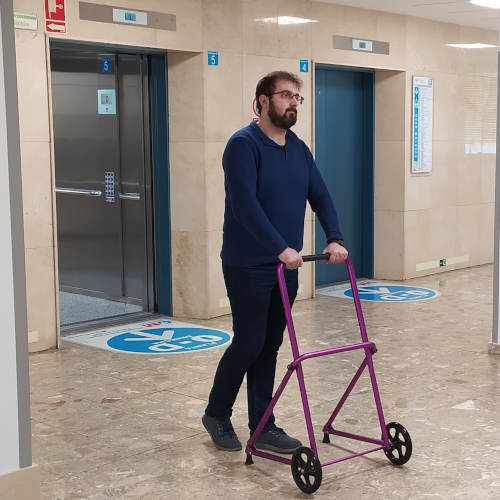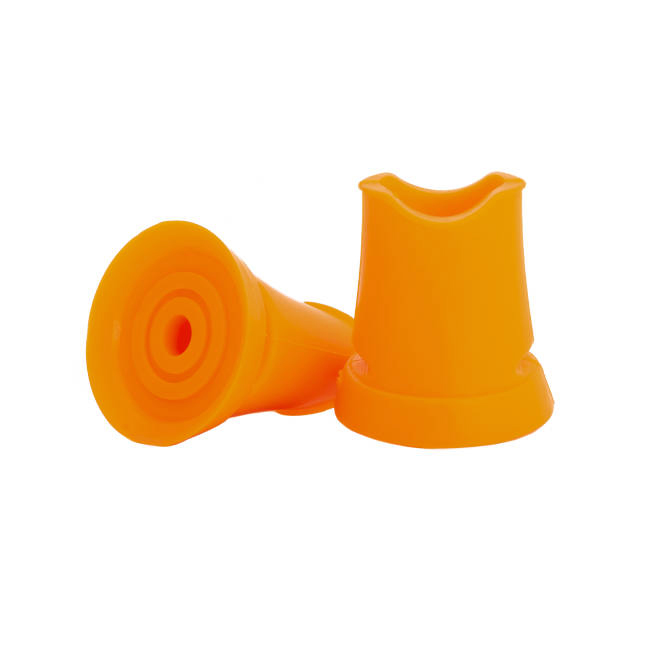Which Walker Is the Safest for Balance Problems?
Balance problems can make walking difficult and increase the risk of falls. Choosing the right walker is essential to regain safety and independence. In this article, we explain which type of walker is best for elderly people and patients with balance difficulties, comparing rollator, two-wheel, and four-wheel models.

What Is the Best Walker for Elderly People?
For elderly people, a walker should combine stability, comfort, and safety:
Walker without wheels:
- Very stable, ideal for those with fragile balance.
- Requires slight lifting with each step, needing some arm strength.
- Suitable for indoor use on flat floors.
Two-wheel walker:
- Provides smoother movement without compromising stability.
- Front wheels help navigate small irregularities such as rugs or slightly inclined surfaces.
- Less tiring for arms than a walker without wheels.
Four-wheel walker (Rollator):
- Designed for longer distances and outdoor mobility.
- Comes with a seat for resting.
- Brakes provide precise control, but it can be less stable for very fragile balance.
Recommendation: for seniors with significant balance issues, a two-wheel or no-wheel walker is often the safest choice.
Which Is Better, a Rollator or a Walker?
The choice depends on your needs:
Rollator (4 wheels):
- Ideal for long distances and outdoor use.
- Includes a seat and a basket for carrying items.
- Heavier and less stable for those with fragile balance.
Walker (2 wheels or no wheels):
- Best for indoor use and short distances.
- Provides greater stability for people with balance difficulties.
- Lighter and easier to maneuver in tight spaces.
Conclusion: for maximum safety, especially with balance problems, the two-wheel or no-wheel walker remains the best option. Rollators are recommended for outdoor mobility or extra features like seating.
Difference Between Two-Wheel and Four-Wheel Walkers
Stability: the two-wheel walker is very stable, while the four-wheel model (Rollator) is less stable if balance is fragile.
Mobility: the two-wheel walker slides slightly on flat surfaces, whereas the four-wheel walker is easy to use for long distances and outdoors.
Arm effort: with the two-wheel walker, the effort is light, while the four-wheel walker requires little effort but needs some control.
FAQ
The safest is a two-wheel or no-wheel walker because it provides more stability and reduces the risk of falls.
Can a rollator be used indoors?
Yes, but it is bulkier and less maneuverable in tight spaces. Two-wheel or no-wheel walkers are more practical indoors.
How do I choose the correct height for a walker?
Handles should be at hip height with elbows slightly bent (20–30°). Correct adjustment ensures comfort and safety.
info@indesmed.com

